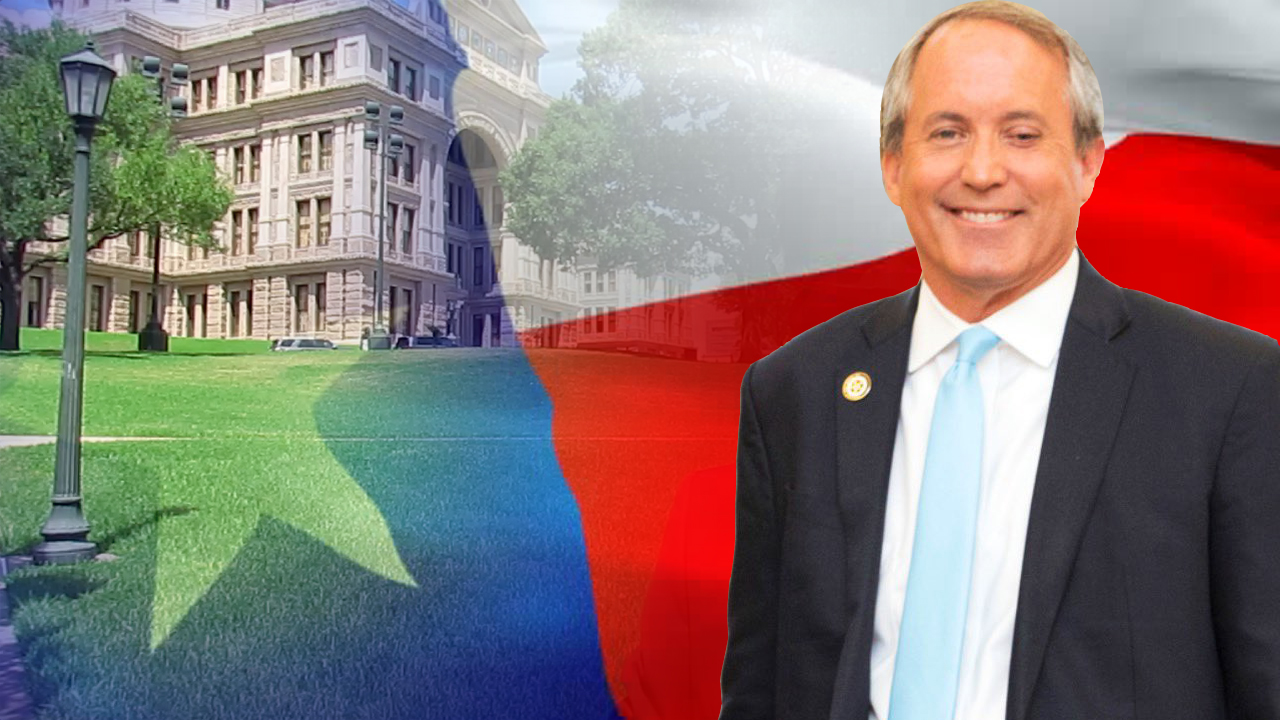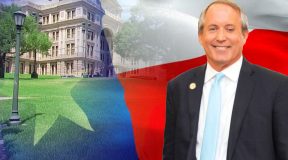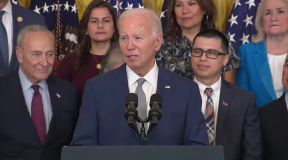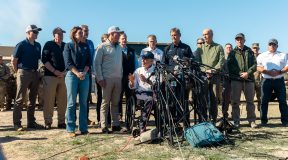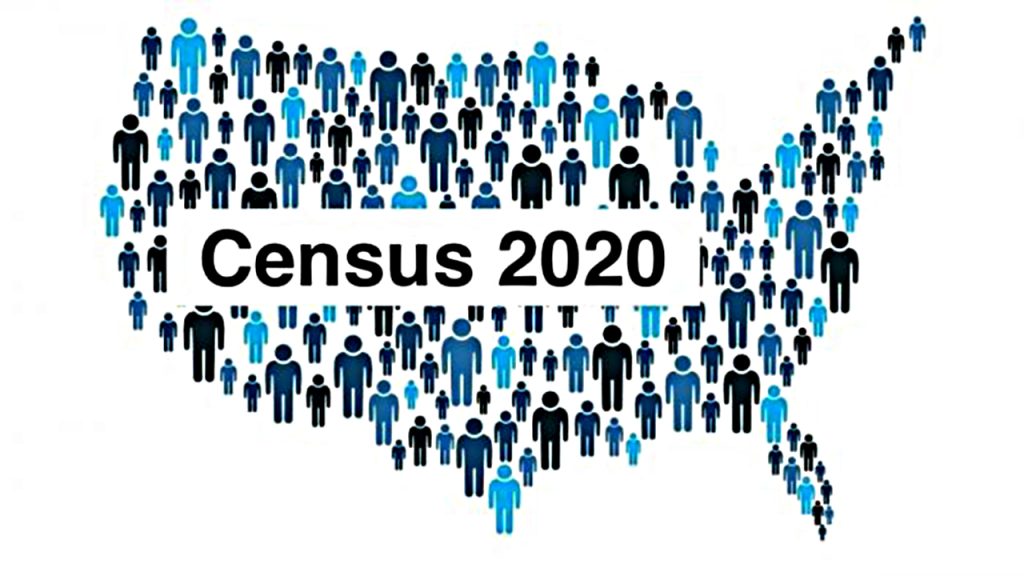
The US Census Bureau admitted errors in the 2020 count out, exclusively for minorities groups.
The report revealed this Thursday indicates that in the last decade Hispanics grew 23% nationally, thus reaching 62.1 million in 2020, while other non-Hispanic groups increased only 4.3%.
“The results show that the 2020 Census undercounted the Black or African American population, the American Indian or Alaska Native population living on a reservation, the Hispanic or Latino population, and people who reported being of some other race,” the agency wrote.
The report shows that the African-American population had a net undercount of 3.3%, and for Hispanics almost 5%, while 5.6% for American Indians and Alaska Natives.
This could mean losing about 1.4 million African Americans; 49,000 American Indians or Alaska Natives living on reserves, and 3.3 million people of Hispanic origin.
Among the factors that prevented a fair and close to reality count, was the coronavirus pandemic, which forced the count and the work of the pollsters on duty to be paralyzed.
Also, several forest fires were recorded that year in the West Coast as well as hurricanes in the Golf of Mexico and the Atlantic Ocean, making the task of counting more difficult.
Similarly, the insistence of adding the citizenship question by the past administration was added, which sowed panic among the undocumented population, thus causing a lower count for this group, as stated by Wade Henderson, interim president and CEO of The Leadership Conference on Civil and Human Rights.
“The mere fact that the 2020 Census was nearly as accurate as recent counts — despite a pandemic and political interference by the last administration — is a great achievement,” Henderson said. “We call on the bureau to work with stakeholders to fundamentally rethink its operations as to how people are counted in order to ensure no one is ever missed in the census.”
Counting the entire population in general is necessary, as states uses that data to redraw the electoral maps and thus distribute federal funds to each district.
The goal of a close count is to ensure that each district is fairly represented in all areas, including racial minorities.
Despite the error, Census Bureau Director Robert Santos, said that the results were very close to reality but that he would not do or modify anything, rather he expressed willingness to use that information for the next count in 2030.
“We continue to be proud of the work we accomplished in the face of immense challenges,” Santos said. “We are ready to work with the stakeholders and the public to fully leverage this enormously valuable resource.”
He also indicated that the total population of the United States reached 323.2 million, thus increasing by 5% compared to the last census of 2010, and was optimistic despite the setbacks.
On the other hand, non-Hispanic whites had a fair count without errors of 1.6% and Asians had 2.6%, according to the results.
Although it is not known how many Latinos of those figures were left uncounted, but the data shows that there are fewer whites and Asians, than 10 years ago.
Last updated on March 12, 2022 by Ramón Warini



